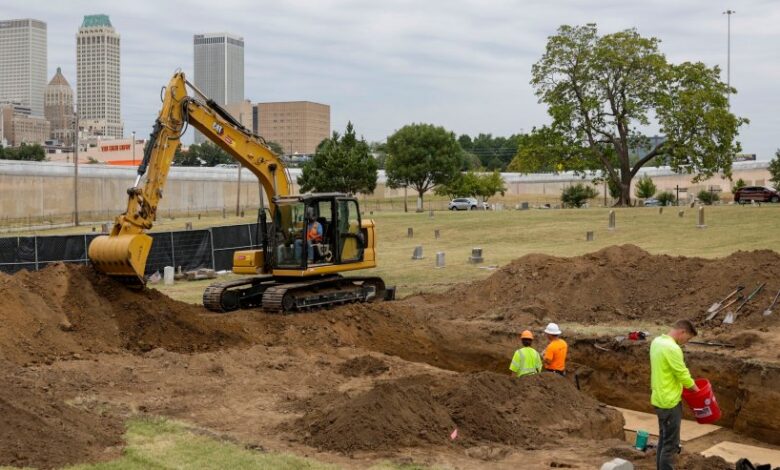George Melvin Gillispie Obituary, Death: New victim identified in 1921 Tulsa Race Massacre graves probe.

George Melvin Gillispie Obituary, Death – A significant advancement has been made in the ongoing investigation into the Tulsa Race Massacre, with the identification of a second victim announced Wednesday afternoon. Tulsa Mayor Monroe Nichols, along with a team of arhaeologists and forensic specialists, held a press conference to share the update. The announcement also included news of additional potential victims uncovered during excavation efforts.
The work is part of the 1921 Graves Investigation, which focuses on Oaklawn Cemetery in Tulsa—believed to hold unmarked graves of victims from the Tulsa Race Massacre, a racially motivated attack that occurred more than a century ago. This investigation began five years ago with the aim of locating and identifying those who perished in the violence but were never formally accounted for.
In July 2024, former Mayor G.T. Bynum revealed the first identified victim from the excavation project: C.L. Daniel. On Wednesday, the second confirmed victim was identified as George Melvin Gillispie, whose remains were found near those of Daniel.
Authorities explained that the identification was made using genetic genealogy, a method that combines DNA analysis with historical and genealogical records. Gillispie’s remains were found in a wooden coffin within a previously unmarked grave labeled Burial 180. There were no signs of trauma on his body, and officials have not yet determined a cause of death. The investigation into how Gillispie died is still ongoing.
Intermountain Forensics, working with the City of Tulsa, reached out to Gillispie’s relatives, who currently live in Oklahoma City, to inform them of the discovery and identification.
Mayor Nichols also shared that six additional sets of human remains have been recently recovered from Oaklawn Cemetery. All six individuals appeared to have died from gunshot wounds. The details provided by forensic experts regarding their conditions were described as heartbreaking. Efforts are now underway to identify each of these victims through DNA analysis and genealogical research.
Additionally, another victim of the Tulsa Race Massacre has been identified through historical research as James Goings. He is believed to have died during the 1921 violence, but the exact location of his burial is not yet known.
These recent developments bring renewed attention to the Tulsa Race Massacre, one of the darkest chapters in American history. In 1921, a white mob attacked the prosperous Black community of Greenwood in Tulsa, killing hundreds and destroying homes and businesses. Many of the victims were buried in unmarked graves, and their identities have remained a mystery for over a century.
The City of Tulsa and its partners remain committed to uncovering the truth and honoring the victims through identification and remembrance. The investigation at Oaklawn Cemetery continues as experts work to piece together the lives and deaths of those lost in the massacre. Further updates are expected as forensic analysis progresses.




